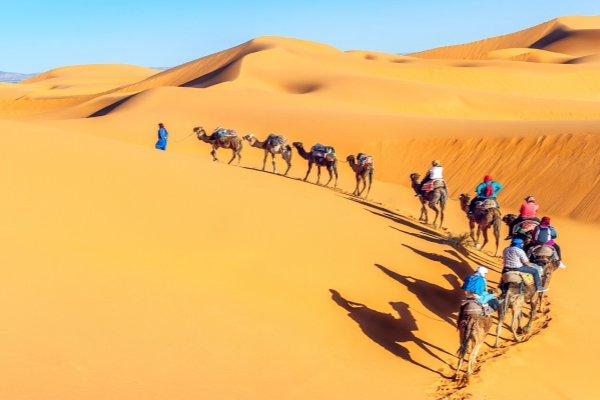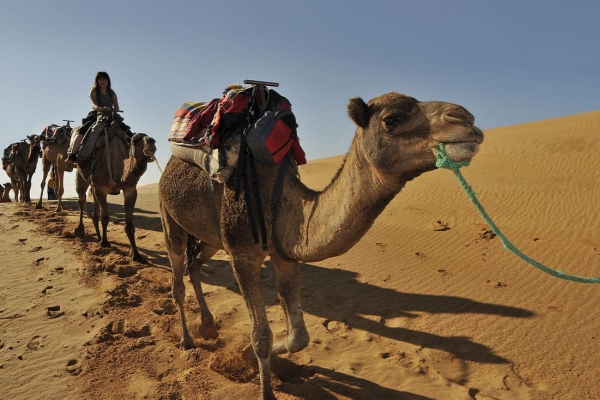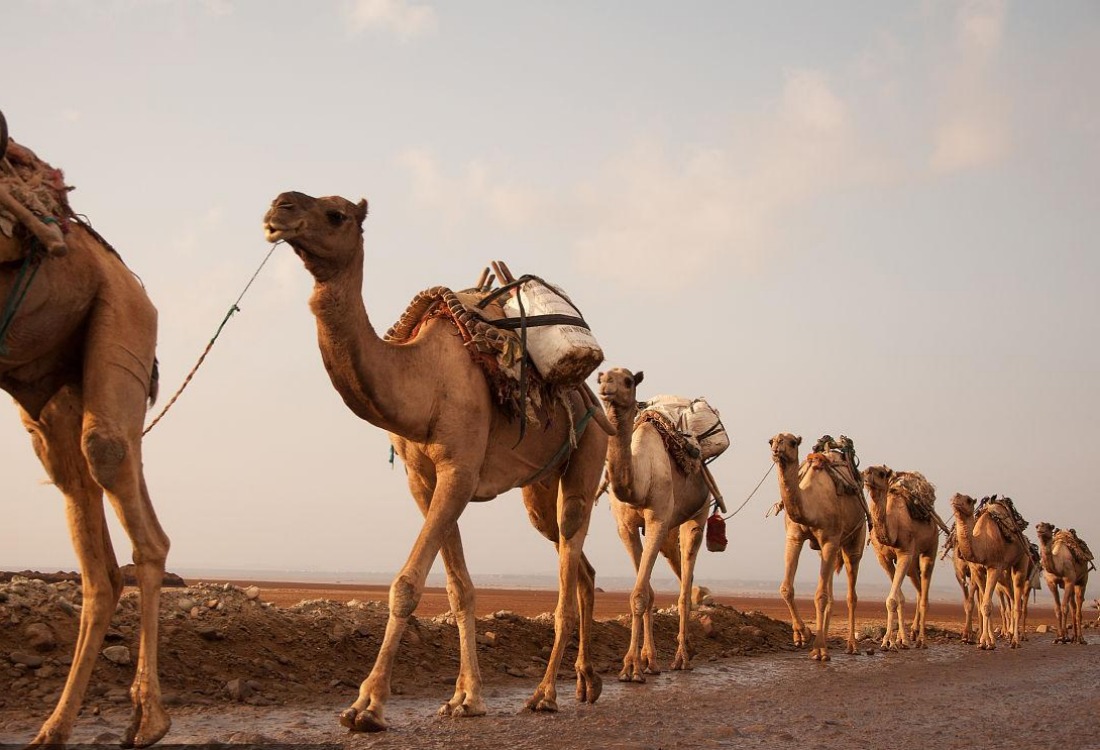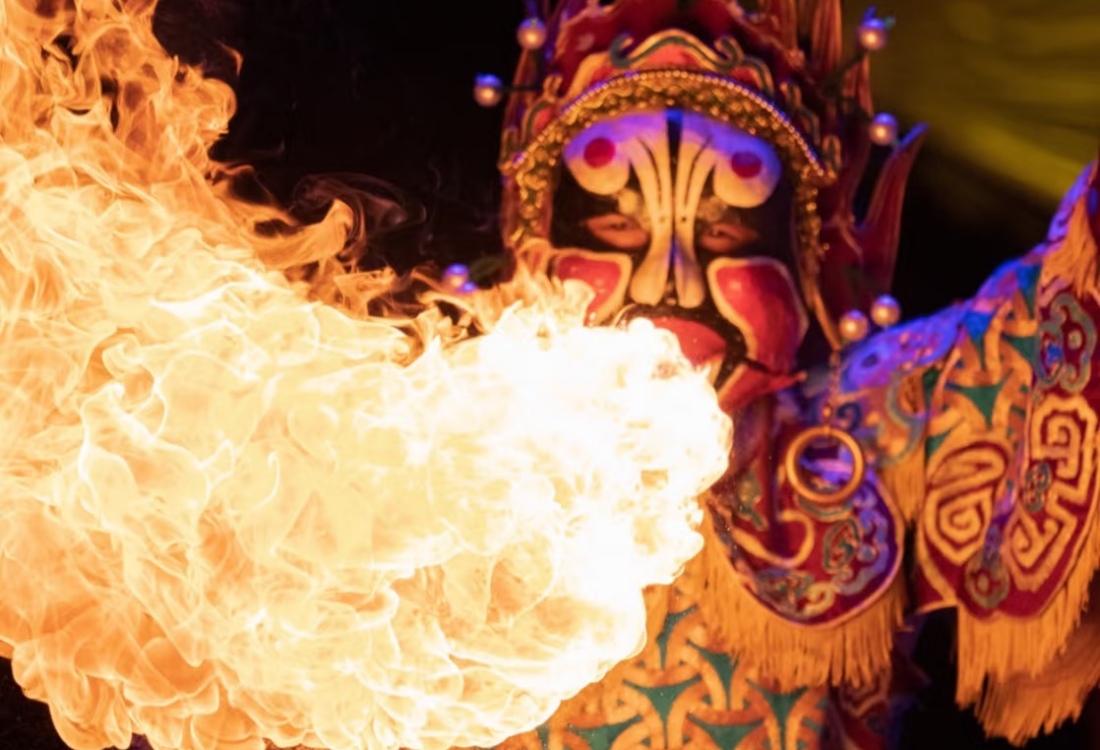Table of Contents
ToggleCamel caravans were one of the most vital means of transport along the Silk Road, the ancient network of trade routes that connected China with the Mediterranean and beyond. These caravans played a crucial role in the exchange of goods, culture, and ideas between the East and West. Over centuries, they became an iconic symbol of the Silk Road and the trade that flourished along it.
The Role of Camel Caravans on the Silk Road
The vast stretches of the Silk Road were often harsh and difficult to navigate. In such a challenging environment, camel caravans were the perfect solution. Camels, known as the “ships of the desert”, were well-suited for long, arduous journeys across deserts, mountains, and other difficult terrains.
Reliable Transport
Camels are known for their ability to endure extreme conditions, including high temperatures and long periods without water. This made them ideal for crossing deserts like the Taklamakan and Gobi, where other animals would struggle to survive.
Carrying Heavy Loads
Camels were capable of carrying large loads, making them ideal for transporting valuable goods such as silk, spices, tea, and precious metals. Each caravan could carry hundreds of tonnes of goods, with camels laden with up to 200 kilograms each.
Long-Distance Travel
A typical camel caravan could travel between 20 to 30 miles a day, depending on the terrain. This made it possible to cover great distances over the months-long journey from China to the Mediterranean.

The Structure of Camel Caravans
Camel caravans were not just a simple group of animals walking together. They were carefully organised expeditions that involved much more than just transporting goods.
Traders and Guides
Each caravan was led by experienced guides who knew the routes, the locations of water sources, and the best places to rest. Traders and merchants would accompany the caravans, bringing goods to trade at various stops along the route.
Caravanserais
Along the Silk Road, caravanserais (roadside inns) were built to provide shelter, food, and rest for both the camels and their handlers. These inns were crucial for the success of long journeys, offering safe places for caravans to rest and resupply.
Security
Given the valuable goods carried by camel caravans, security was a major concern. Caravans often employed armed guards to protect them from thieves and bandits. The caravans could also be large, sometimes consisting of hundreds of camels, making them a formidable sight.

The Legacy of Camel Caravans
Today, the legacy of camel caravans lives on as an important symbol of the Silk Road’s rich history. They were not just a means of transport, but also a key part of the cultural and economic exchange that shaped the ancient world.
Cultural Exchange
As traders moved along the Silk Road, they brought not only goods but also ideas, art, and religion. This cultural exchange had a lasting impact on the societies of China, Central Asia, the Middle East, and Europe.
Trade and Economy
The success of the camel caravans helped establish a robust trade network that spanned continents. Goods like silk, spices, and textiles were exchanged for silver, wool, and glassware, among other items. This trade played a vital role in the development of many ancient civilisations.
Camel caravans were the lifeblood of the Silk Road, facilitating the exchange of goods, culture, and knowledge across vast distances. These resilient animals and their skilled handlers played a crucial role in the history of global trade and cultural connections. Today, when we think of the Silk Road, the image of camel caravans crossing the desert is one of the most enduring and iconic symbols of this ancient trade network.









